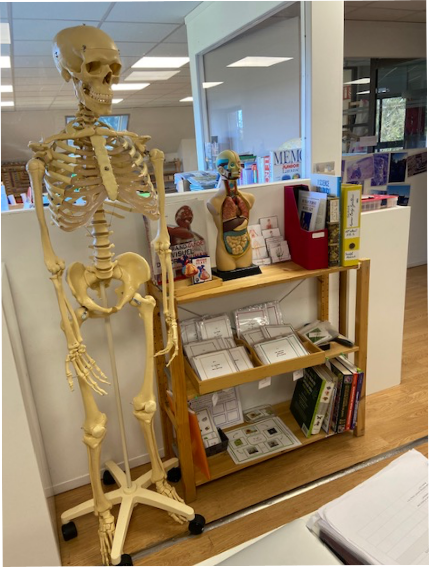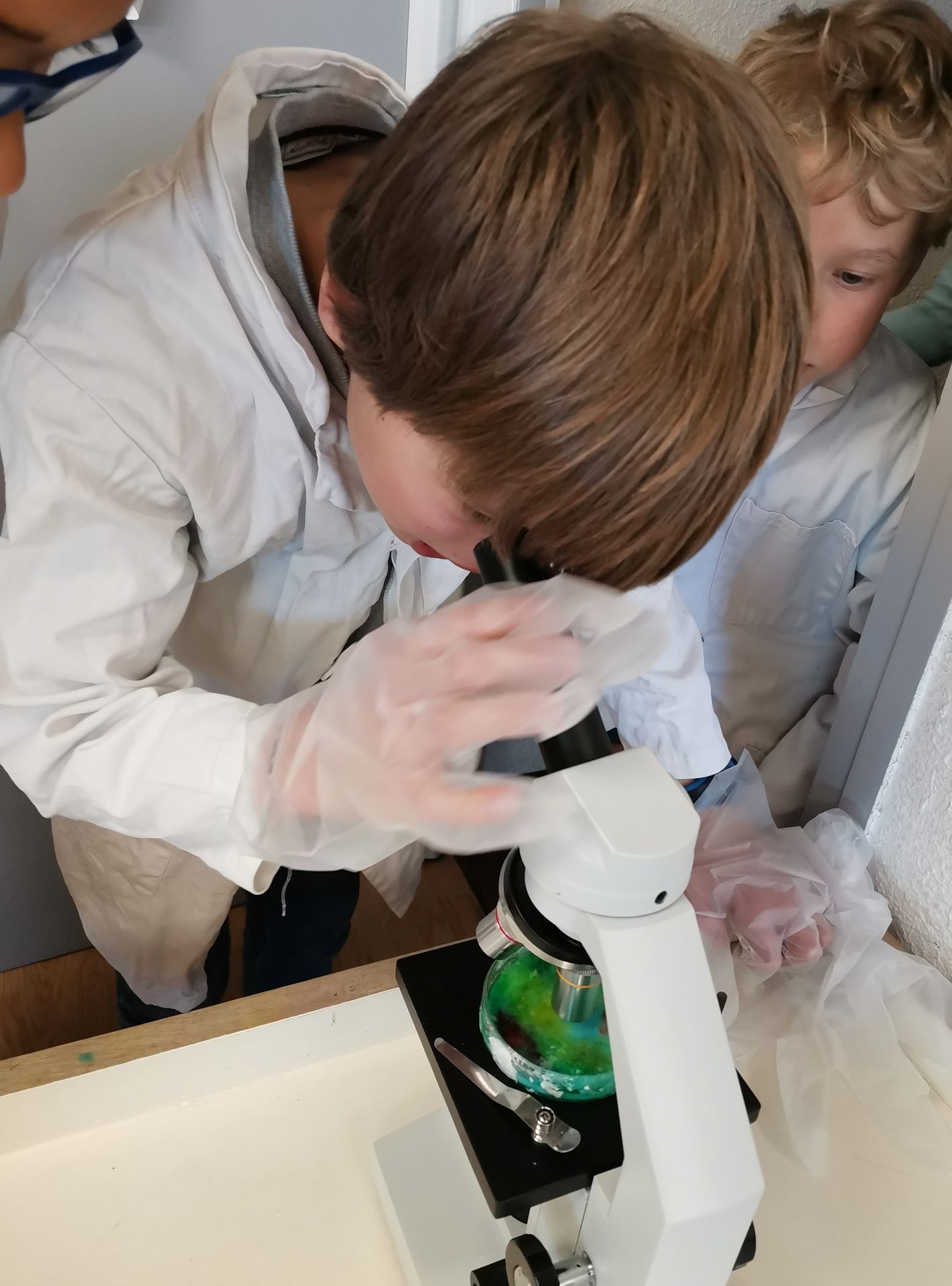“What is a scientist?… We give the name scientist to the type of man who has felt experiment to be a means guiding him to search out the deep truth of life, to lift a veil from its fascinating secrets, and who, in this pursuit, has felt arising within him a love for the mysteries of nature, so passionate as to annihilate the thought of himself.”
Maria Montessori opposed being a conventional teacher when standardisation was the main principle into the traditional education. Despite all obstacles, oppositions and barriers, Maria Montessori was based on a scientific approach when launching her method of education - the scientific observations that she conducted to characterise children’s natural psychological development remind us that she is above all a scientist and therefore the scientific aspect is highlighted into Maria Montessori’s preparation of the environment for the children.
Maria Montessori remained a scientist throughout her life. She never became a teacher, she was rather a scientific observer to “detect the psychological natural development of the children and acknowledge human beings tendencies in the process of their self construction". Therefore by endorsing the scientific observation, Maria Montessori focused on helping the child manifest his natural tendencies.
Among these tendencies emphasised into the elementary environment is the tendency of observation and exploration .
Tendency of observation and exploration
Guided by his tendency of exploration and observation, the elementary child is always asking the why and how questions to know more in details.Telling the story would nurture the child’s abstract mind however involving him into making the experiment and showing him the scientific fact with a scientific demonstration would fascinate him as well more to let him explore in details.
Notice the child’s sense of amazement and wonder when he sees his guide putting on the scientific apron , goggles on her eyes, gloves on her hands and all scientific tools needed for the experiment are set on the table. The child gets impressed by these experiments once they are well directed and demonstrated and he would certainly ask you to do it ( you could relate when we make the volcano demonstration while telling the first great story of the universe ) .
So one of the assets that characterises the Montessori elementary environment is that it holds a laboratory corner in it where children can refer to scientific tools and equipments to make experiments after being guided on“ practical scientific approach for scientific demonstration” and then we could emphasise how the practical life in elementary environment is manifested with the scientific experiments conducted.
Unlike primary Montessori environment where practical life is introduced through specific presentations and as an area on its own, in the elementary environment practical life is within each presentations and we could highlight it more within the scientific experiments conducted. By the time the child gets necessary knowledge on scientific approach conducted, the child can refer to the command cards and make his own experiment to foster his observation skills, exploration and synthesise lately.
Experiments are tools for self-learning through it the child works on building hypothesis, making experiments, observing ,synthesising and then generalising .

Importance given to nature for elementary environment
So once these main points are elaborated, the child gets into the aspect of being a scientist, a researcher and an experiment conductor or inventor. The child was able to reproduce the experiment you have conducted as a guide because he was able to observe in details what you did and he observed basically how the elements you used interacted together. Starting from his observations, the child works on confirming or rebuilding his hypothesis.
The aim of these experiments then are not just to reproduce them but rather to improve the child’s observation skills, analytical skills and enlarge his intellectual mind helping him direct his interest on a specific point he freely chose to examine and diagnose it in details. Therefore most of the scientific experiment is elementary Montessori environment are related to biology and geography and this is to emphasise the importance given to nature for elementary environment and how experiments would lead the child to be more immersed into the nature to contribute in saving it and protecting it.
When conducting the plants needs as an example to the six years old, the child gets aware of the needs of the plant but also of the importance of having plants that would make the ecosystem we are living in balanced.
These scientific experiments are introduced scientifically but they are the keys in raising the child’s sense of humanity and awareness toward the nature he belongs to.
